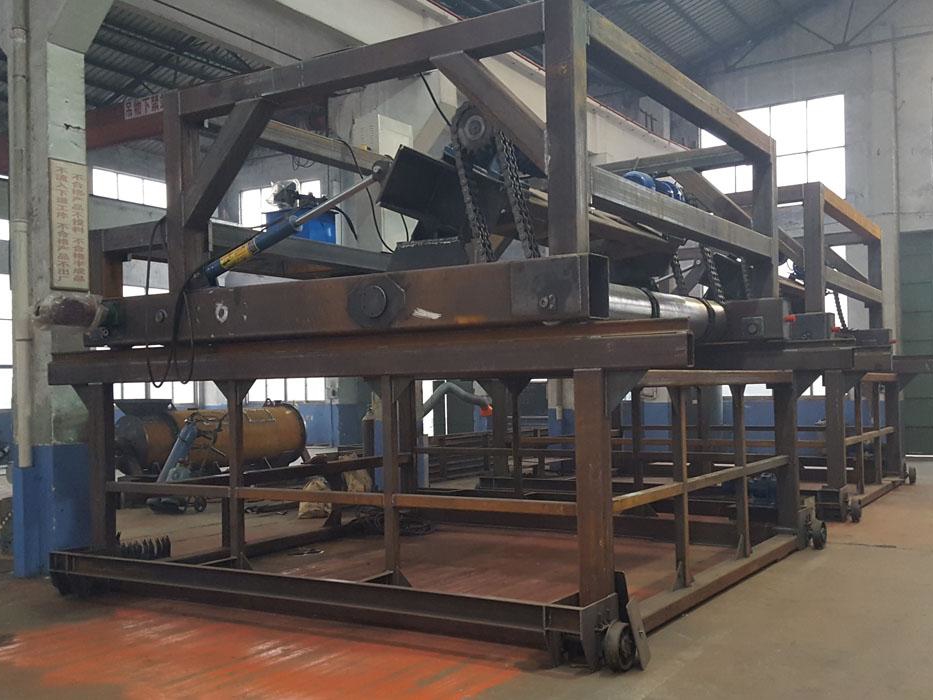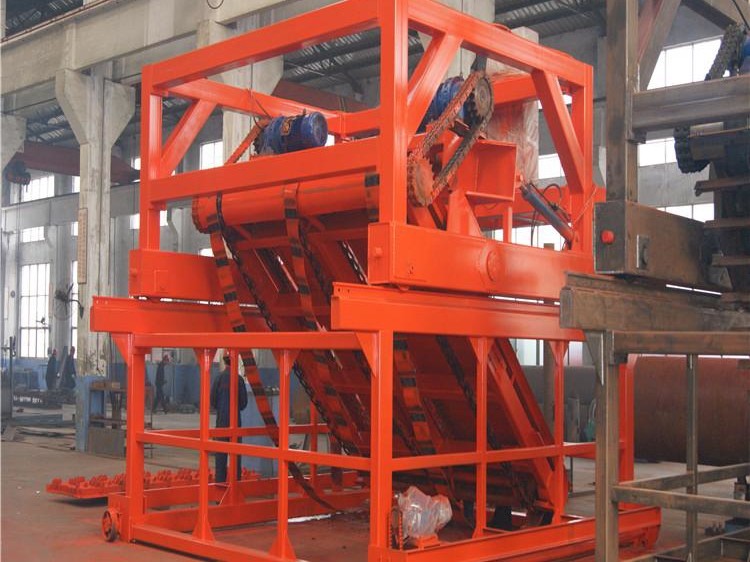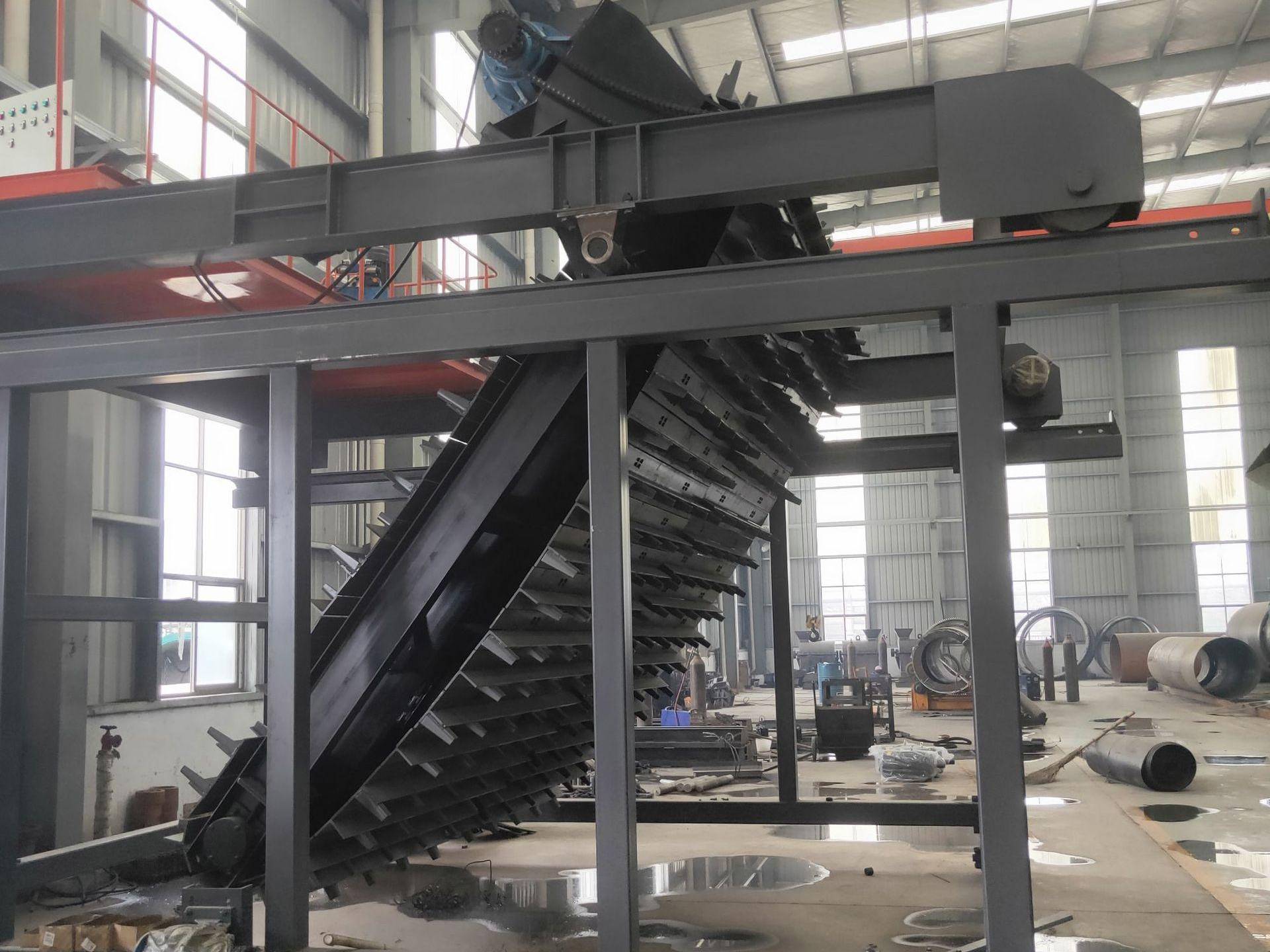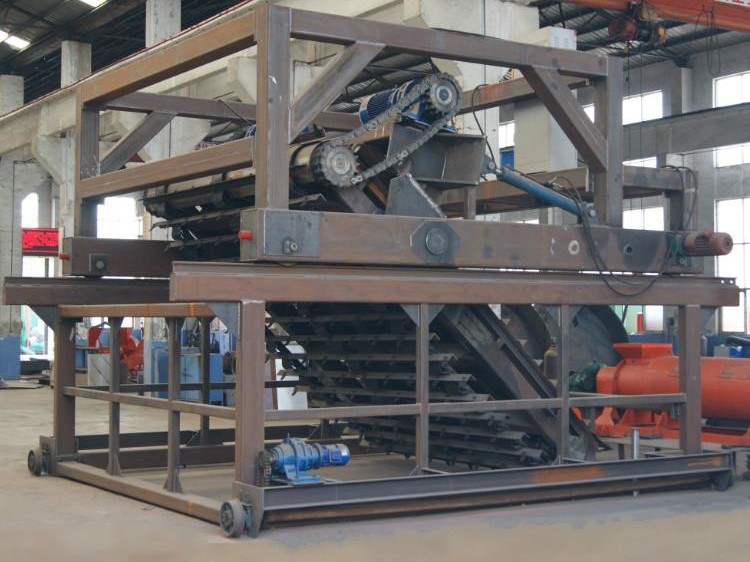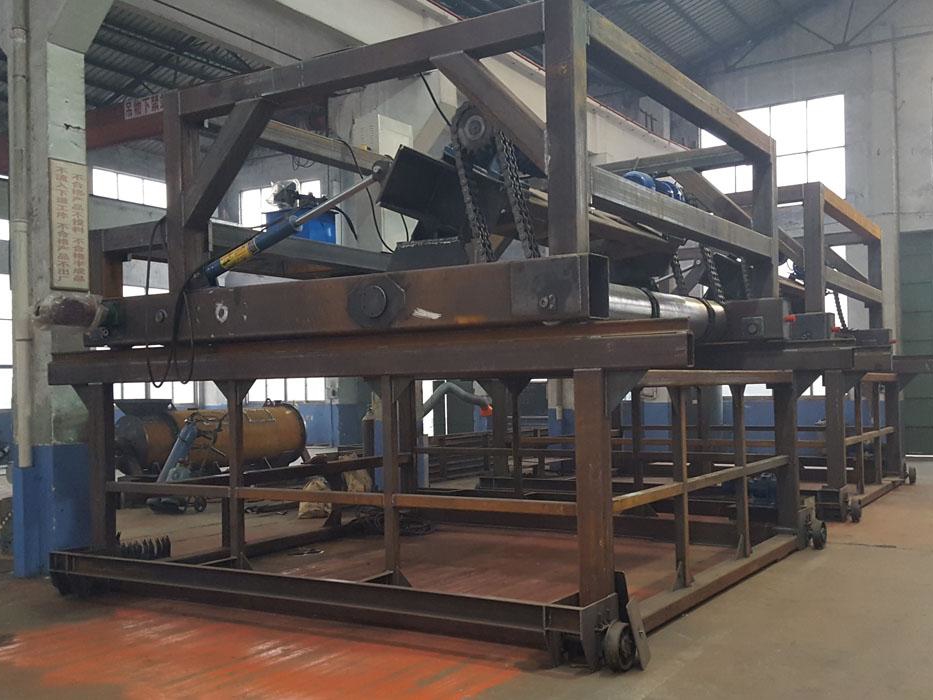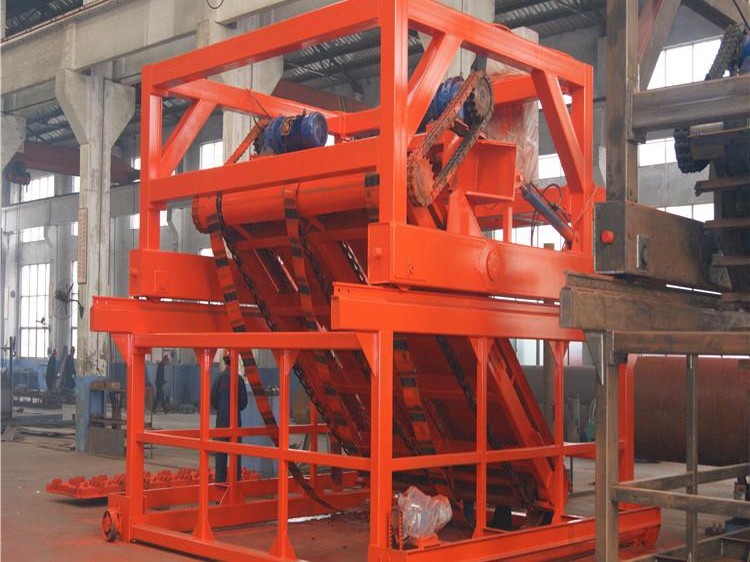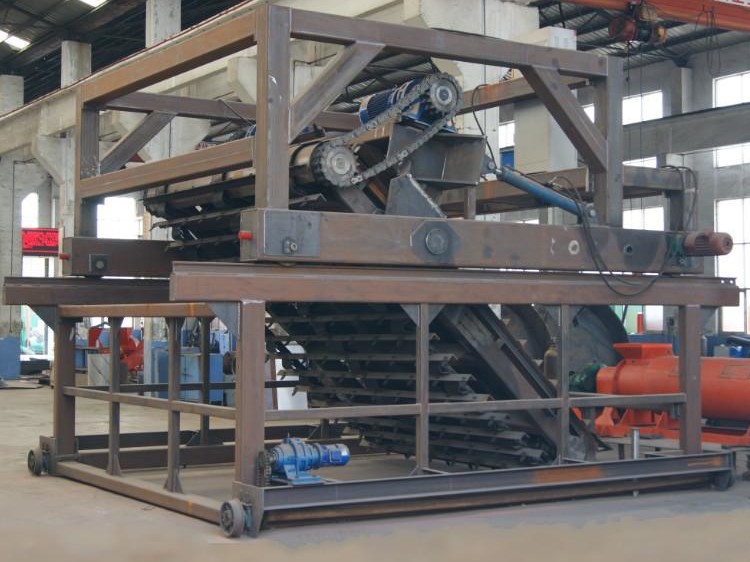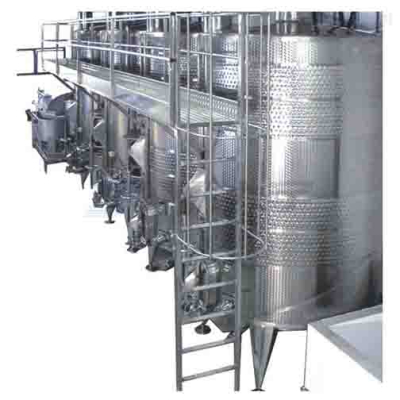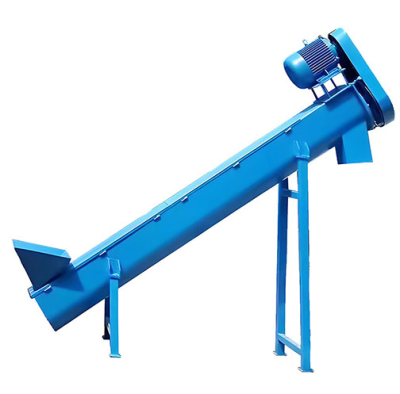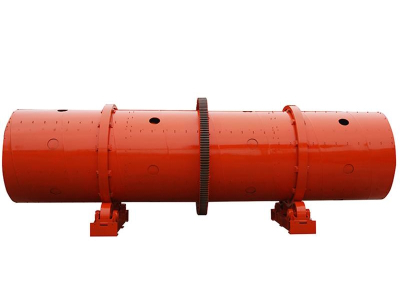Chain plate type turning machine
1. It can penetrate into the material to ensure that the material is fully mixed, making the fermentation more uniform and thorough, which is conducive to improving the fermentation efficiency and product quality.
2. The chain plate is usually equipped with removable wear-resistant curved tooth knives and other devices, which can effectively break up and crush the material.
3. The structure of the whole machine is sturdy, made of wear-resistant and corrosion-resistant materials, and has a long service life.
4. The chain plate mechanism with chain transmission and rolling support is adopted. This structural design makes the compost turner have small compost turning resistance and low power consumption during operation.
5. The structural design makes it have small compost turning resistance and low power consumption when running in a deep trough, and can stably turn the material located at a deeper position.
The chain-type compost turner is a device specially used for compost turning of organic materials. It realizes efficient turning, mixing and conveying of materials through the movement of the chain and the specially designed compost turning device. The device is suitable for production scenarios of all sizes, whether it is composting on small farms or organic waste treatment in large environmental protection enterprises, it can play its excellent performance.
The unique chain plate structure and high-power drive system enable the compost turner to penetrate deep into the material and perform all-round and deep compost turning operations.The special compost turning teeth on the chain plate can effectively break up material lumps, ensure uniform mixing of materials, provide sufficient oxygen for microorganisms, and accelerate the fermentation process.
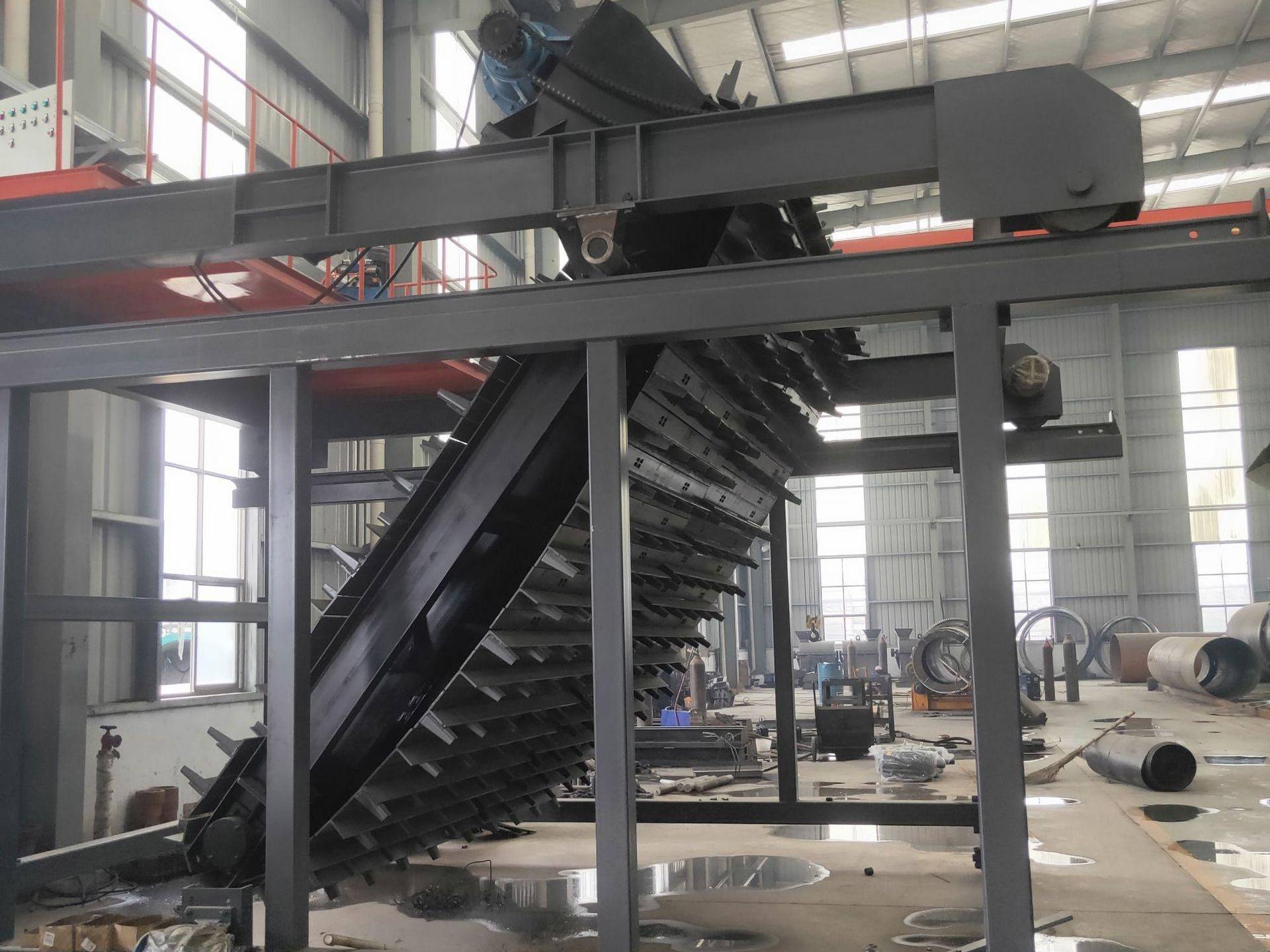
The crushing device equipped on the compost turning machine can crush and stir the materials during the compost turning process, further refine the material particles, increase the surface area of the material, promote full contact between microorganisms and materials, and improve the fermentation effect.
